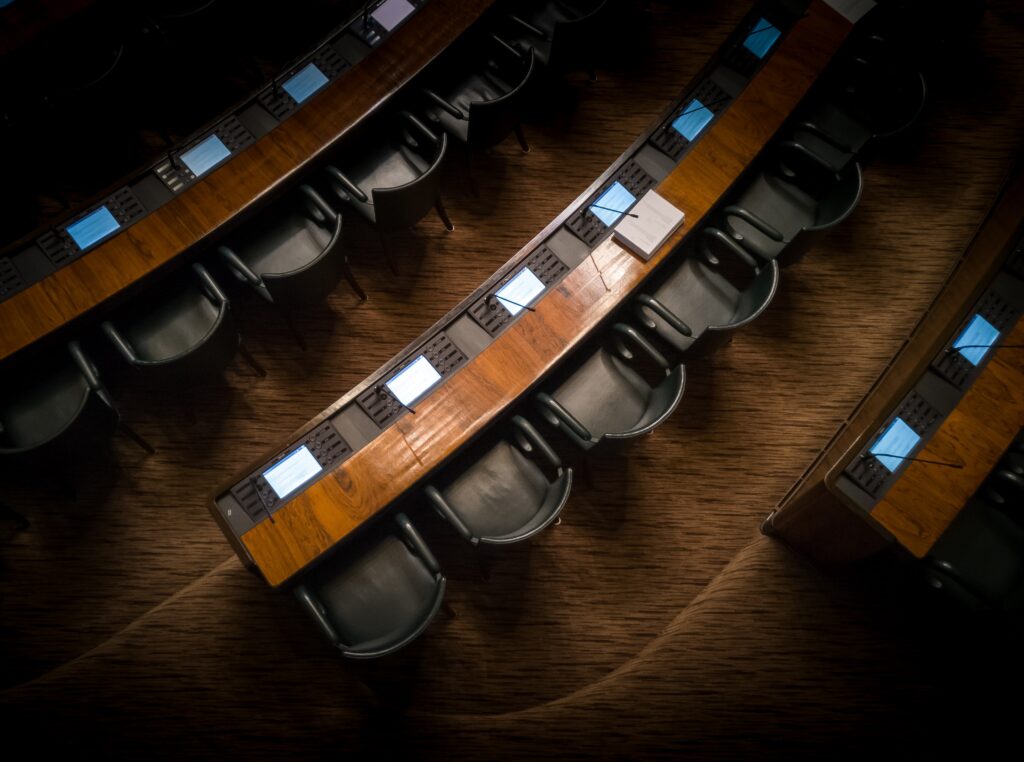August 31, 2022
A Community Develops Data Resources with Congress
This publication utilizes our Shape > Structure > Share roadmap to digital public infrastructure. We illustrate this roadmap through two case examples of a member-convened Stakeholders, Individuals, Data, and Evidence (SIDE) Event. One event was in-person and one hybrid (a blend of in-person and online). These case examples examine how a congressional staffer worked collaboratively with universities, organizations, and individuals to shape an information-gathering process. The staffer then structured the information to be compatible with the input formatting methods of Congress.
Finally, the congressional office shared the information through congressional dissemination channels and with the public through the news media. We envision this framework as a positive, forward-moving cycle in a modern, representative democracy.
The framework for SIDE events originated in the technology task force recommendations supporting the Select Committee on the Modernization of Congress.
The SIDE Event model bolsters traditional gatherings with a modern method; it is not a dramatic departure from conventional member-led gatherings. SIDE events make use of the technology available to all House and Senate members. Timing is important. We introduce this model while Congress builds a digital layer on top of centuries-old, paper-based processes. A SIDE event can be virtual or hybrid. Still, the key outcome is tagged and formatted as public witness testimony to be submitted by the member into the official record of Congress. This formatted testimony provides semi-structured data to inform lawmaking. SIDE Events build muscles for the increasingly machine-readable workflow of Congress. They also increase member-authenticated local voices as a legislative resource. Ideally, civic engagements like SIDE Events will become a routine form of inclusive lawmaking.

